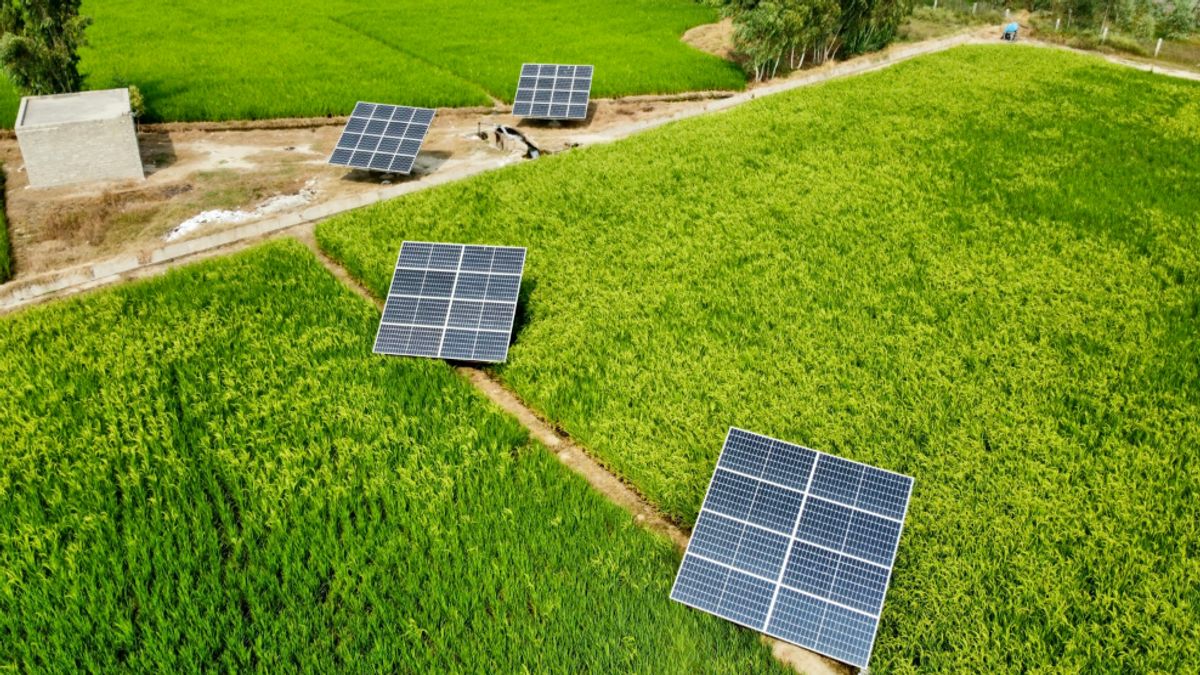YOGYAKARTA In agriculture, new and renewable energy (BT) plays an important role in increasing productivity. Unfortunately, the use of this energy has not been fully carried out. Even though there are many types of renewable energy for agriculture that help farmers or breeders increase their production results.
Not only increasing production results, but EBT in agriculture also eases the workload of humans. So what are EBT for agriculture that can be utilized?
Reporting from the World Economic Forum, there are at least three environmentally friendly energies for agriculture that are able to reduce emissions and increase production, as follows.
The captured solar light energy uses solar panels to be used as energy sources capable of producing electricity for agricultural activities. One of these electricity can be used to drain water. In addition, the advantage of solar panels is that it can have another impact on agricultural products.
The simple way solar panels work allows to be installed on agricultural land. On the other hand, plants can still be grown under solar panels. This practice is called agricultural agrivoltage. Not only in agriculture, solar panels are able to improve the quality of livestock.
The move has even been tested by sheep breeders in Australia. For four years, ABC News reported that the quality and quantity of sheep have increased since using solar panels. High-mounted solar panels prevent dry soil and provide shade to sheep.
Geothermal is an EBT energy source that comes from geothermal heat. This energy source can also be used for agricultural purposes, for example to warm or cool the nursery room.
Rebecca Kutzer-Rice and her husband Mark Ginsberg use geothermals for their agriculture needs in the United States. They use geothermal energy to regulate the green house temperature. In agriculture, the green house is used as a more controlled room for planting.
During the day, the green house gets very hot because the air is trapped in the room. Instead of letting the hot air come out, Rebecca Kutzer-Rice and her husband put the heat into the pipe in the ground.
The hot air is stored to be streamed at night or when the weather outside is really cold. This temperature arrangement is claimed to be able to keep certain plants growing in greenhouse green houses.
Biogas is an EBT that comes from organic materials, can be from animal waste, food residue, or rotting plant remains. In the world of agriculture, biogas can be used to warm livestock cages. The practice was carried out by Ani, a farmer in Bhutan.
Ani must keep the cage temperature that stores 4,000 poultry to keep warm, especially during winter. In order to reduce its electricity bill, it switches to biogas.
That's information related to renewable energy for agriculture. Visit VOI.id to get other interesting information.
The English, Chinese, Japanese, Arabic, and French versions are automatically generated by the AI. So there may still be inaccuracies in translating, please always see Indonesian as our main language. (system supported by DigitalSiber.id)













